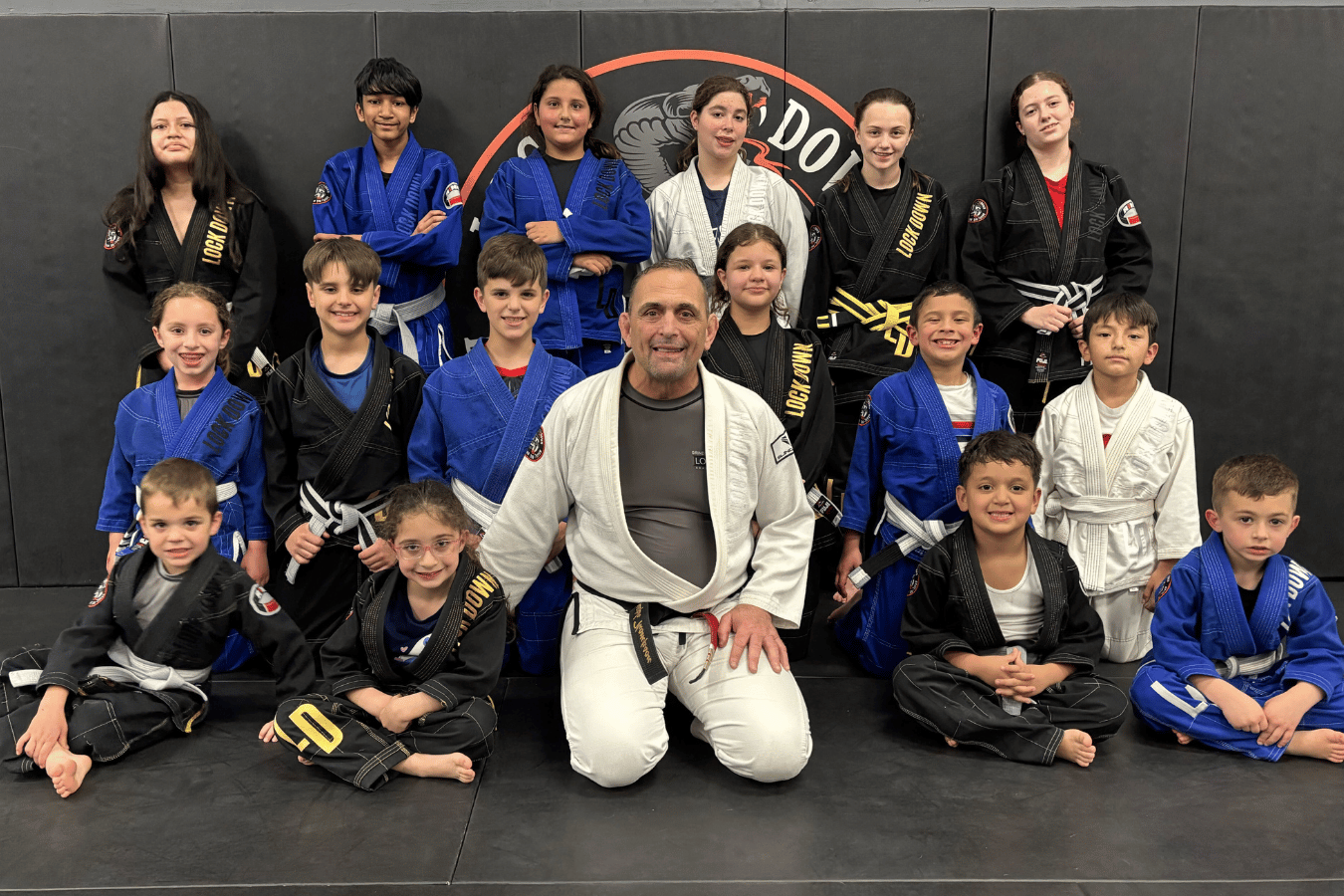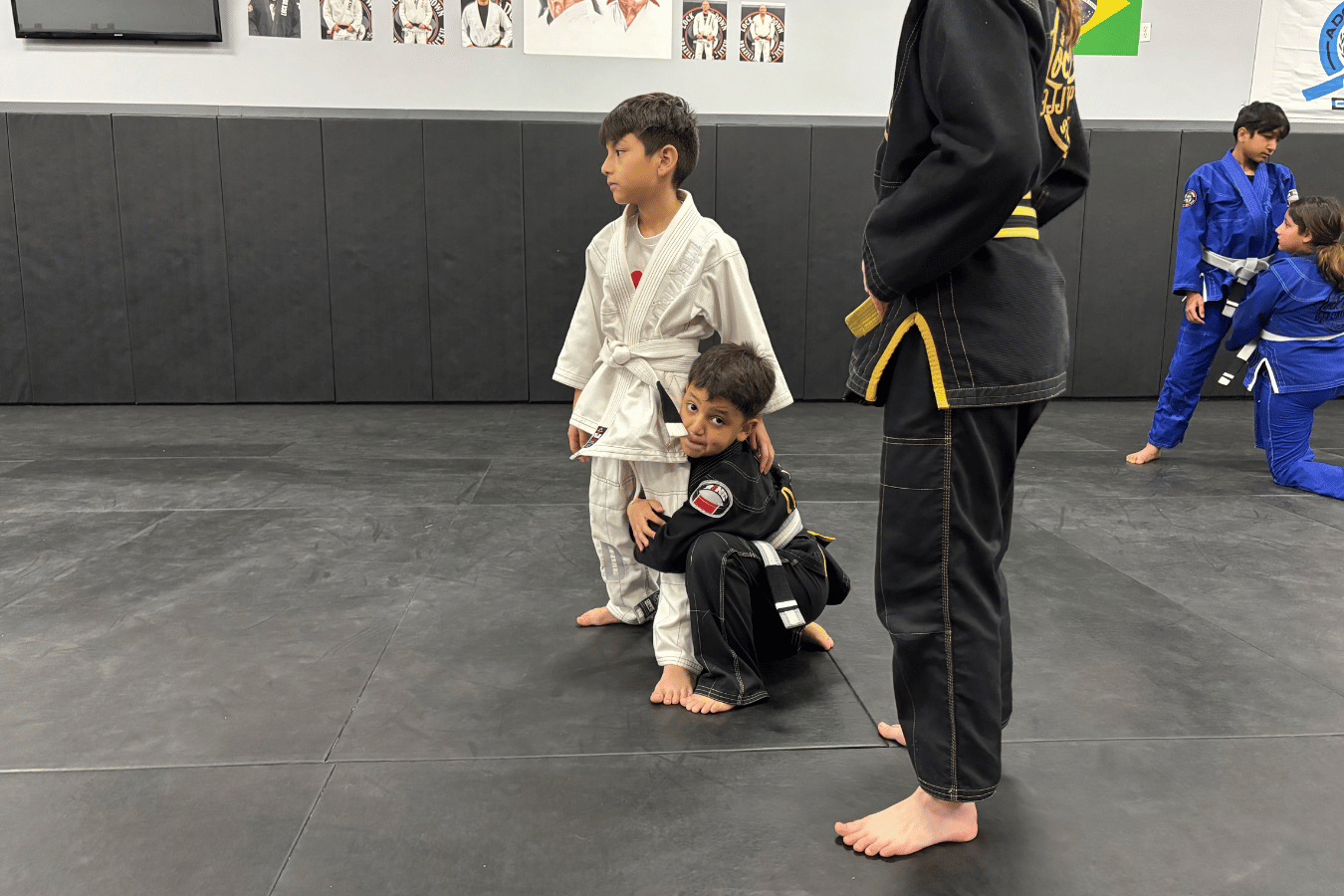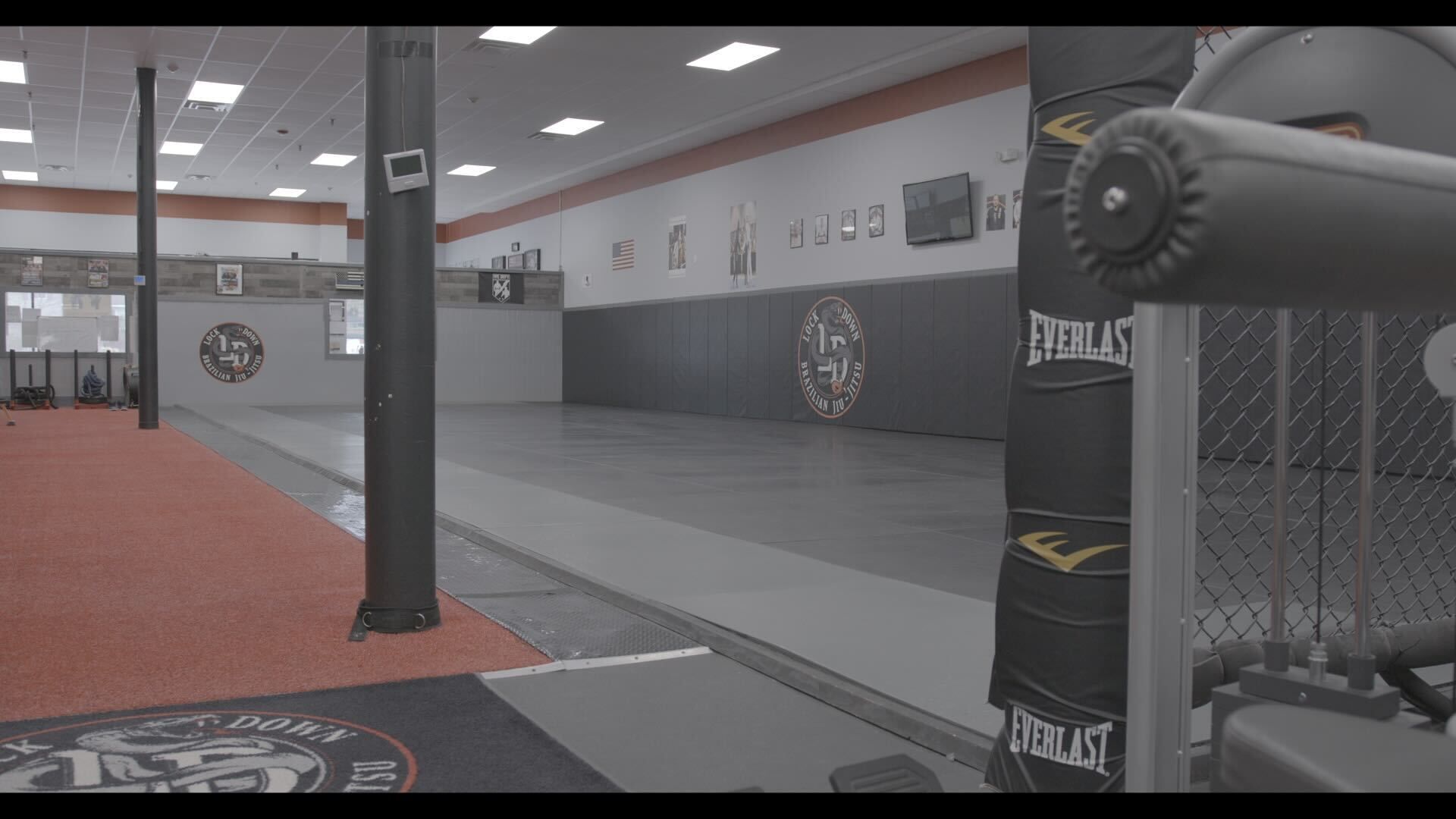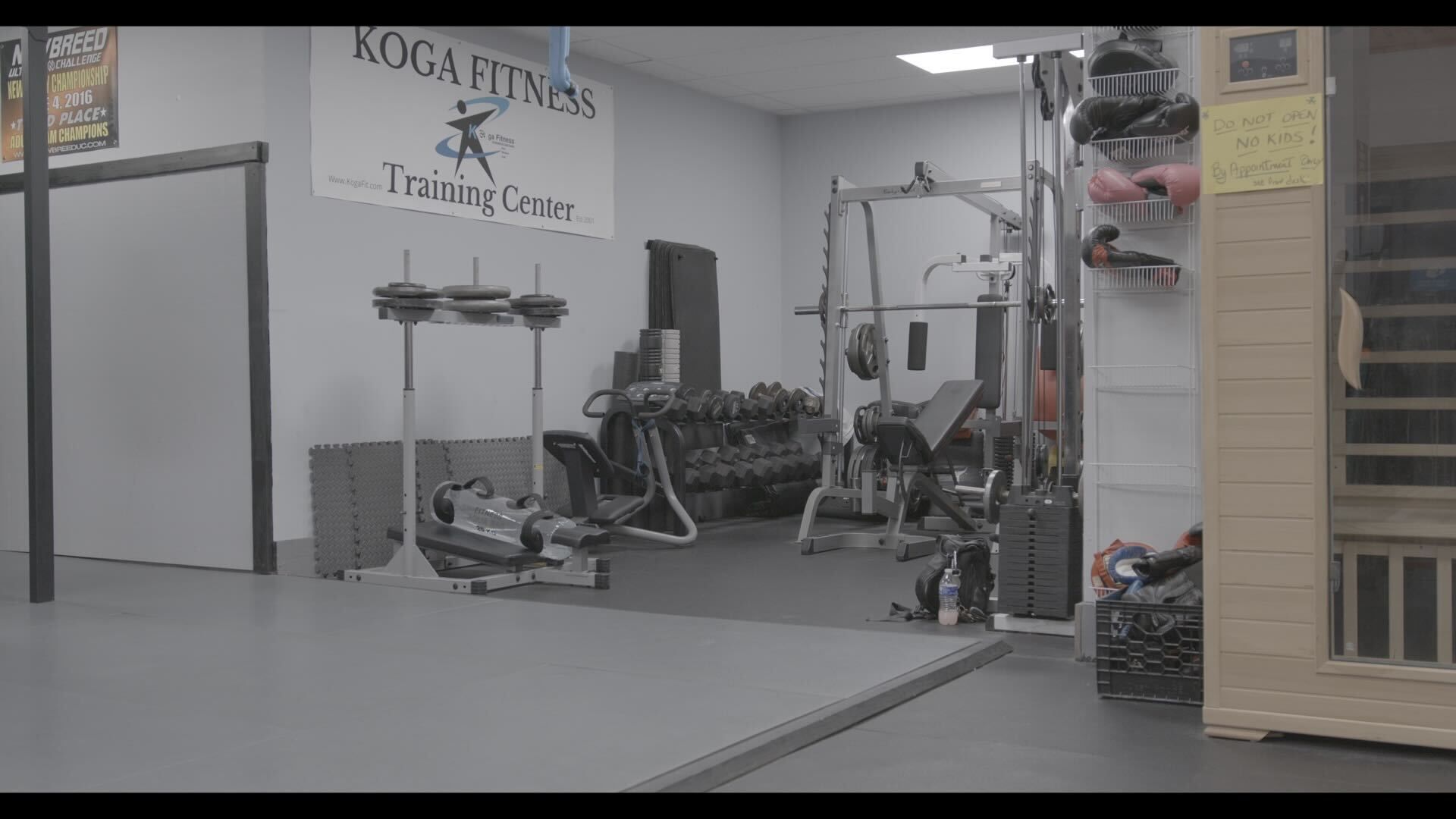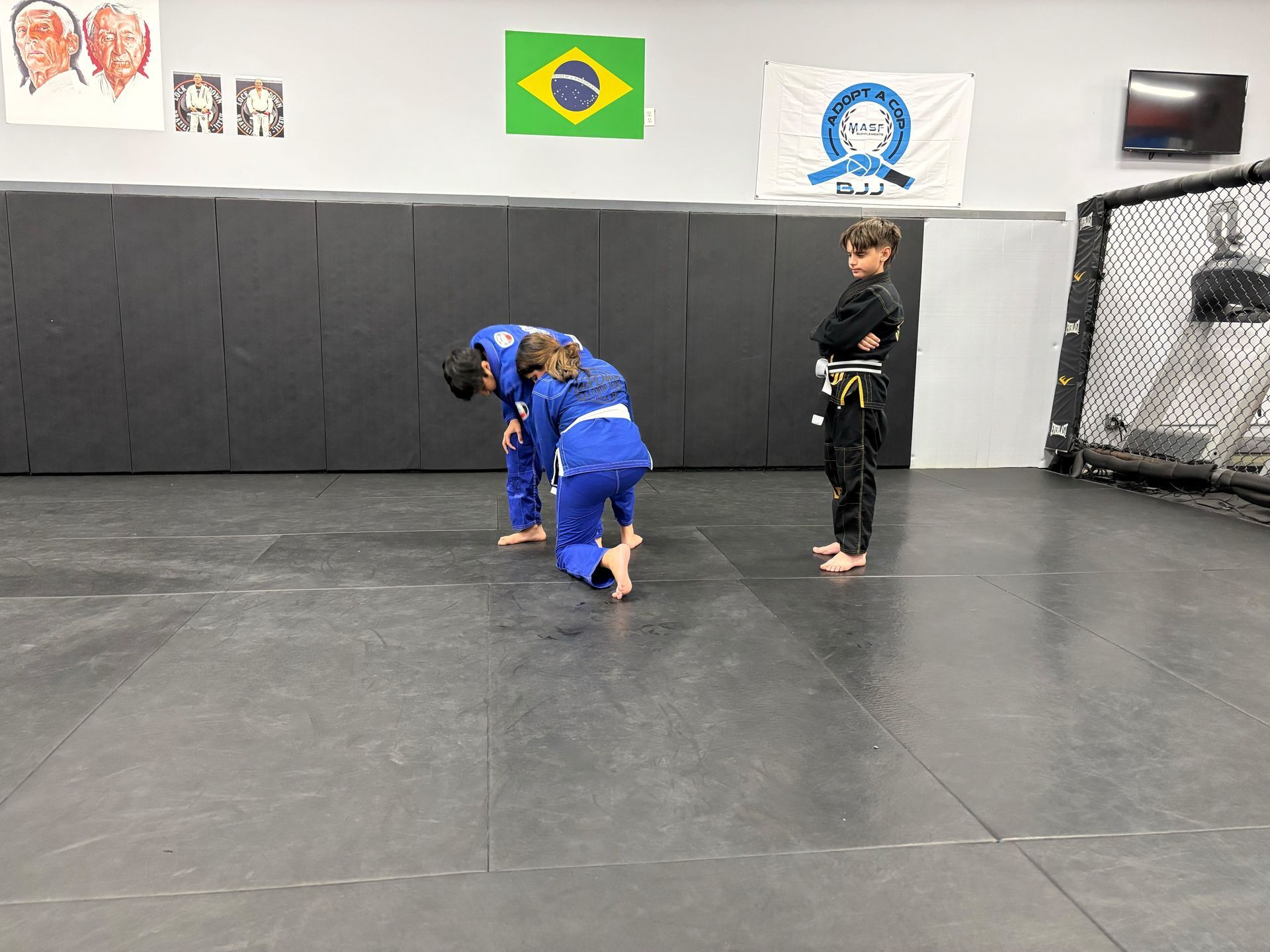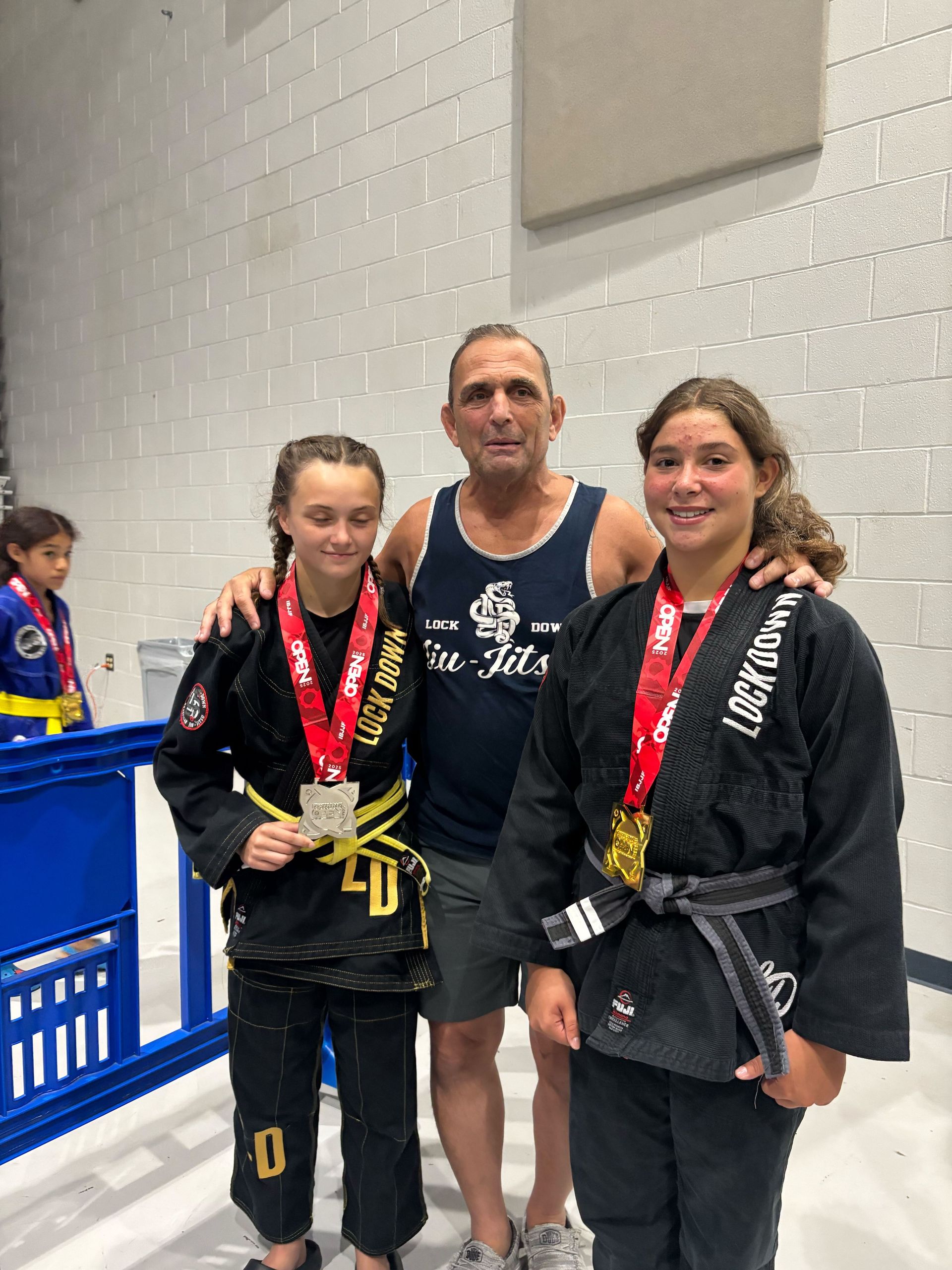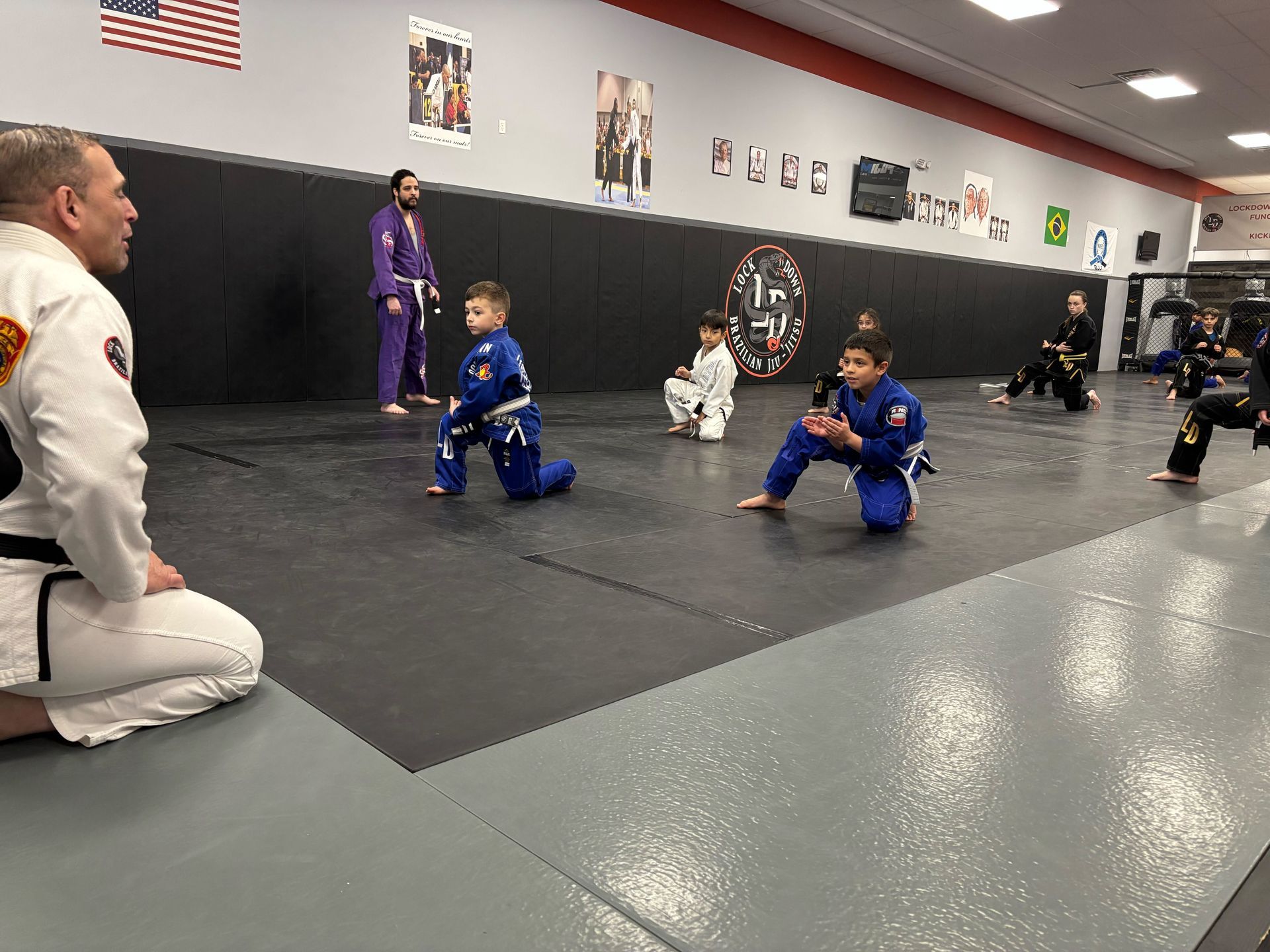Brazilian Jiu-Jitsu (BJJ) is a martial art that focuses on ground fighting and submission holds.
Originating from Japan and refined in Brazil, BJJ has become a popular choice for those seeking effective self-defense techniques and a great workout. For women, BJJ offers a multitude of benefits that go beyond just physical fitness. Let’s dive into why women should consider training in Brazilian Jiu-Jitsu.
Empowerment Through Self-Defense
In a world where personal safety is a significant concern, self-defense is paramount. BJJ equips women with practical skills to defend themselves, regardless of their size or strength. The techniques in BJJ are designed to help smaller individuals leverage their opponent's force, making it an ideal martial art for women. Many real-life situations have shown that women trained in BJJ can effectively protect themselves, boosting their confidence and sense of security.
Physical Fitness and Health Benefits
Training in BJJ provides a full-body workout that improves cardiovascular health, enhances strength, and increases flexibility. Unlike conventional gym routines, BJJ is dynamic and engaging, making it easier to stay committed. Women who practice BJJ report better overall fitness, weight management, and increased energy levels. It’s a fun and challenging way to stay in shape.
Mental Health and Emotional Well-being
The mental benefits of BJJ are just as significant as the physical ones. Regular training helps alleviate stress, improve mental clarity, and build resilience. The challenges faced on the mat translate into greater self-confidence and self-esteem off the mat. Many women find that BJJ helps them develop a positive mindset, fostering a healthier emotional state.
Community and Support System
One of the unique aspects of BJJ is the strong sense of community within gyms. Training partners become friends, offering support and encouragement. This camaraderie is particularly empowering for women, providing a network of like-minded individuals who share similar goals. The friendships and support systems built in BJJ often extend beyond the gym, creating a valuable social network.
Practicality and Real-world Application
BJJ emphasizes practical techniques that can be applied in real-world scenarios. Unlike some martial arts that focus on form and tradition, BJJ is grounded in practicality. Women learn to handle various situations, from standing confrontations to ground attacks. This real-world application makes BJJ an essential skill for personal safety.
Overcoming Stereotypes and Misconceptions
Martial arts have often been viewed as a male-dominated field, but BJJ is changing that narrative. More women are breaking stereotypes and excelling in this sport. By training in BJJ, women challenge societal norms and inspire others to join. The success stories of women in BJJ are a testament to the inclusivity and effectiveness of this martial art.
Personalized Training and Growth
BJJ training can be customized to fit individual needs and goals. Whether aiming for self-defense, fitness, or competition, instructors tailor programs to help women achieve their objectives. This personalized approach ensures continuous growth and improvement, making the journey in BJJ rewarding and fulfilling.
Learning Patience and Discipline
Mastering BJJ is a long-term commitment that requires patience and discipline. The process of learning techniques, drilling, and sparring teaches valuable life skills. These attributes extend beyond the mat, helping women manage daily challenges with greater patience and discipline.
Competition Opportunities
For those interested in competition, BJJ offers numerous opportunities to test skills and gain experience. Participating in competitions fosters a sense of achievement and provides a platform to celebrate women’s accomplishments in the sport. It’s an excellent way to measure progress and push personal boundaries.
Self-Defense for Various Situations
BJJ prepares women for diverse self-defense scenarios. From handling multiple attackers to defending oneself in confined spaces, the techniques taught in BJJ are versatile. This adaptability makes BJJ an invaluable skill set for personal safety.
Injury Prevention and Safety
Safety is a crucial aspect of BJJ training. Proper techniques and warm-up routines are emphasized to prevent injuries. Instructors ensure that women learn how to protect themselves during practice, making BJJ a safe and sustainable form of exercise.
Balancing BJJ with Daily Life
Integrating BJJ into a busy lifestyle is manageable with proper planning. Many women balance their training with work, family, and other commitments. Time management tips, such as setting a regular training schedule and prioritizing health, help maintain this balance.
Inspiration from Female BJJ Champions
Notable female BJJ practitioners serve as inspiration for newcomers. Their journeys and achievements highlight the possibilities within the sport. Learning from their experiences and successes can motivate women to pursue their own goals in BJJ.
Final Thoughts
In summary, Brazilian Jiu-Jitsu offers women a comprehensive package of benefits, from physical fitness and self-defense to mental well-being and community support. It empowers women to break stereotypes, build confidence, and develop valuable life skills. If you're looking for a transformative experience, BJJ might just be the perfect fit.

